How Should Spine Be in Stair Climber Machine?
/0 Comments/in Blog, Exercise Equipment, HOT NEWS, NEWSUsing a stair climber (or stair stepper exerciser) boosts cardio and lower-body strength, but poor spine posture reduces results and risks pain. This article explains correct spine alignment for gym/stair machine home use and highlights the HARISON HR-349—an ergonomic step stepper machine that supports good posture.
Correct Spine Posture for Stair Climbers
The key is a neutral spine:
•Stand upright, aligning head, shoulders, hips, and ankles—no excessive forward/backward lean (avoids lumbar pressure or lower back strain).
•Relax shoulders (slightly back, no hunching) to protect the thoracic spine and keep breathing smooth.
•Engage core gently to stabilize the spine and lighten lower back burden.
This applies to both gym machines and home models like the HARISON HR-349. Its compact, ergonomic design provides a stable platform, making it easy to hold correct alignment even during long workouts.
Common Spine Posture Mistakes to Fix
Avoid these errors:
•Leaning forward to grip handrails: Bends the spine and shifts focus from lower body to upper body.
•Over-arching the lower back: Stretches lumbar ligaments and causes pain.
•Swinging body left/right: Destabilizes the spine and raises injury risk.
The HARISON HR-349’s silent hydraulic cylinder ensures smooth movement (prevents swings), and its 2mm commercial-steel frame offers stable support (reduces posture slips from shaking).
Choose a Stair Climber That Supports Spine Health
Prioritize 3 features:
•Stability: A solid base prevents posture changes. The HR-349 has 330 LBS capacity and heavy-duty carbon steel for reliability.
•Ergonomics: Reasonable step height/handrail position helps natural alignment. The HR-349’s portable design fits human movement habits.
•LCD display: Tracks steps/time to keep focus (avoids distractions that break posture). The HR-349’s display shows key data for steady workouts.
Tips to Protect Spine During Workouts
•Warm up: 5-10 minutes of dynamic stretches (leg swings, waist twists) activate core/back muscles.
•Control intensity: Start low (short duration) and build up—avoid overexerting the spine.
•Cool down: Static stretches for back/lower body to relax the spine.
The HR-349 is 100% pre-assembled (use immediately) and space-saving (stores under desks/sofas), making consistent, spine-friendly workouts easy.
Conclusion
A neutral spine is vital for effective, safe stair climber use. Avoid mistakes, choose a supportive machine like the HARISON HR-349, and follow workout tips to protect your spine. The HR-349 blends stability, ergonomics, and convenience—ideal for safe home workouts.
People Also Ask
Can beginners easily maintain correct spine posture when using the HARISON HR-349?
Yes. The HARISON HR-349 has a stable structure and ergonomic design that helps beginners naturally maintain a neutral spine posture. Its smooth movement (thanks to the European-standard hydraulic cylinder) also reduces the difficulty of maintaining posture, making it friendly for beginners.
How much space does the HARISON HR-349 take up when stored?
The HARISON HR-349 is a space-saving step stepper machine. It can fit under a desk, sofa, or in any compact space. Weighing just 16 pounds, it’s easy to move and store, making it perfect for small home spaces.
Why is a neutral spine more important for stair climbers than other cardio machines?
Stair climbers involve repeated upward/downward movement, which puts continuous pressure on the spine. A neutral spine distributes this pressure evenly across vertebrae and muscles, while poor alignment (e.g., leaning) concentrates stress on specific lumbar/thoracic areas—raising injury risk faster than machines like treadmills (which have more linear movement).
How long does it take to get used to maintaining a neutral spine on a stair climber?
For most people, 1-2 weeks of intentional practice is enough. Start with short sessions (5-10 minutes) to focus on posture, then gradually extend time. Using a stable machine like the HARISON HR-349 speeds this process, as its smooth movement reduces the need to adjust posture mid-workout.
Can core strength affect spine posture on a stair climber?
Absolutely. Weak core muscles can’t support the spine, leading to slouching or leaning. Strengthening your core (e.g., with planks) complements stair climber use—when your core is engaged, it acts as a “support belt” for the spine, making it easier to hold a neutral position and reducing back strain.



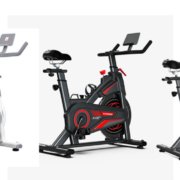


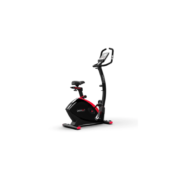
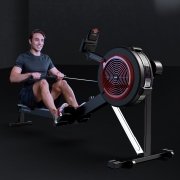
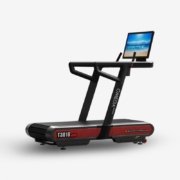
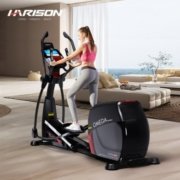






Leave a Reply
Want to join the discussion?Feel free to contribute!